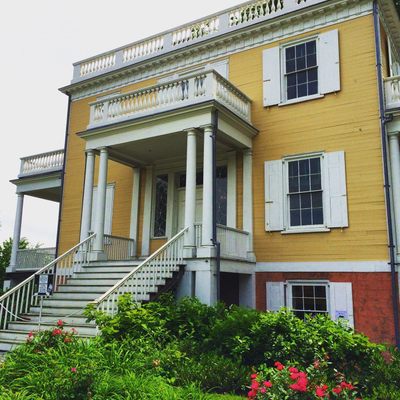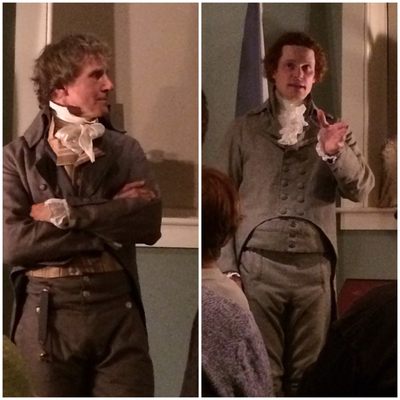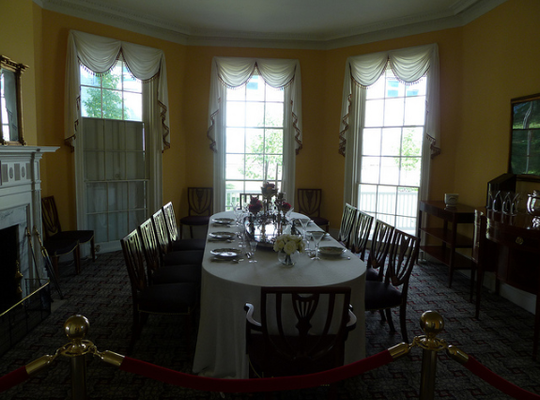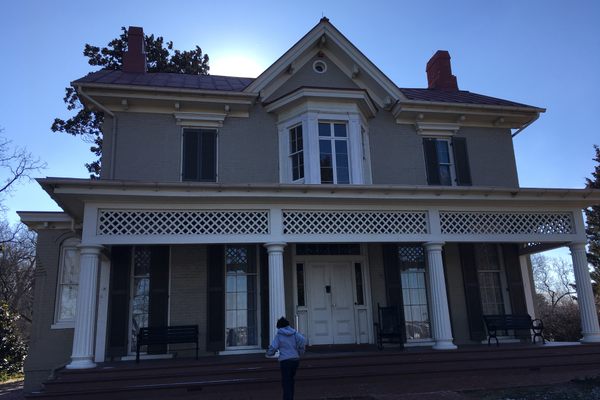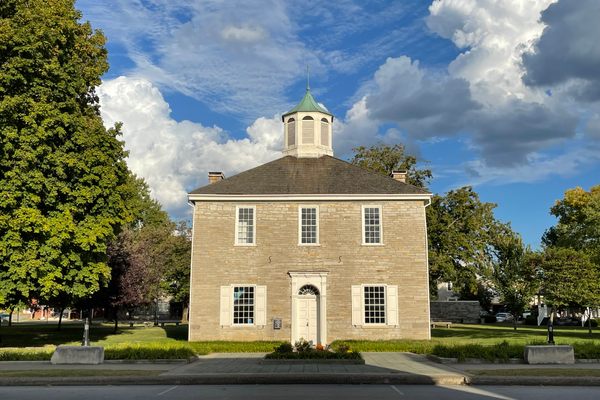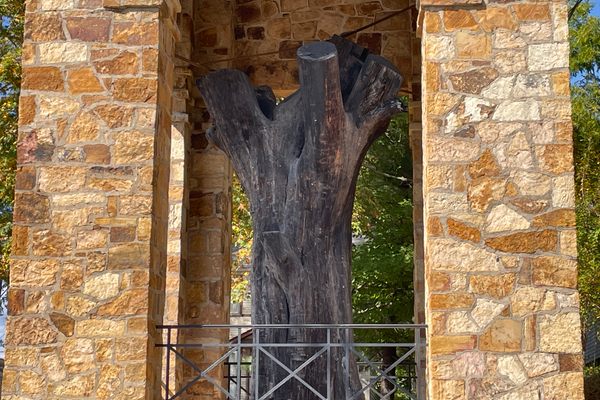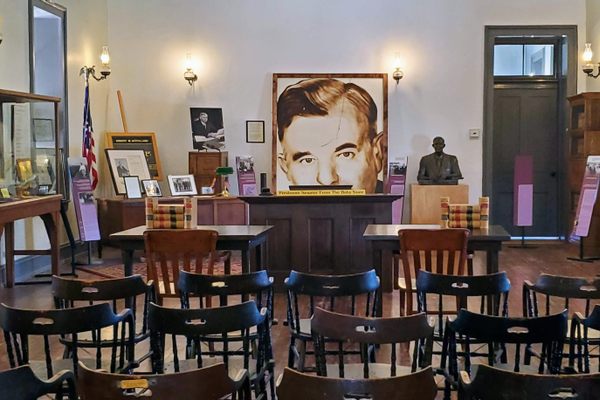About
Built in the pastoral expanses of colonial Harlem, Alexander Hamilton's two-story Federal-style family home was completed in 1802, a scant two years before the Founding Father was shot by then-vice president Aaron Burr in the infamous Weehawken duel.
Though more or less forgotten for a century, The Grange is currently experiencing a resurgence of visitors, owing in no small part to the explosive popularity of the musical Hamilton. It's even adopted the phrase "It's quiet uptown" from the show as the new, unofficial slogan.
The Grange—named after Hamilton's grandfather's estate in Scotland—remained with Hamilton's wife, Eliza, after his death. Correspondence shows that she did not maintain the home as her primary residence for very long, however. By 1889, The Grange had been foreclosed and condemned, and was scheduled to be razed to make way for the ever-expanding Manhattan street grid, which was just starting to reach Harlem. Instead, St. Luke's Episcopal Church purchased the home and moved it two blocks south, stripping the house of many features along the way, including replacing several picturesque windows with a makeshift door, allowing The Grange to conform to the newly laid out street patterns.
Over the next 30 years, the house was mainly used for storage by the church. Two large buildings were eventually erected on either side of The Grange, one actually wrapping around the house, with the other flush against the side of it. In addition to effectively hiding The Grange, this also caused further damage to the historic home.
In 1924, The American Scenic and Historic Preservation Society came to the rescue, buying the Grange and transforming it into a public museum, adding random Colonial furniture and artifacts from the Hamilton family. In 1960, the home was designated a National Historic Landmark and purchased by the National Park Service. The house was then restored to appear as Hamilton himself knew it, guided by what little correspondence and notes they had. Due to Hamilton's unfortunately quick death and Eliza's lack of description about the home in letters, there was no guidance on how to lay out the upper floor or basement.
On May 9, 2006, the Hamilton Grange Memorial was moved, once again, to nearby St. Nicholas Park. The park was picked as it was within the boundaries of Hamilton's original estate, would recreate the pastoral setting as best as modern-day New York City could, and would allow the exterior of the home to be restored to its original state.
The Grange was lifted, in its entirety, 10 feet off the ground on special rollers, and driven slowly down the street to the park. The two-block move took six hours, with many locals following and cheering the house on. Shortly thereafter, 13 sweet gum trees were planted outside the home, as Hamilton had originally done in honor of the original 13 colonies.
The Grange reopened to the general public on September 17, 2011. A vistors center, including a historical exhibit and gift shop, now takes up the basement, while the first floor is available for guided tours. The upper floors remain unrestored and closed to the public.
Related Tags
Know Before You Go
There is a tiny parking lot, but you're better off taking the 1 train or the ACBD line.
Community Contributors
Added By
Published
January 10, 2017



